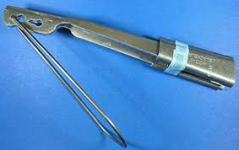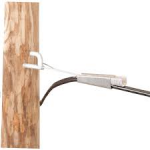kwired
Electron manager
- Location
- NE Nebraska
- Occupation
- EC
Get in sandy soil and you can go pretty fast with a trencher, but trench walls do sometimes cave in and then it takes more time because you need to backhoe it out.$1 per foot in loamy soil might be believable somewhere. Not to hammer rock.
Sand too wet it caves in easier, sand too dry it caves in easier. Deeper the trench the easier it caves in. But when you need to do some hand digging sand does move much easier than most other soil types.
Been there many times where you are moving right along and then you see the last 20 feet you just dug suddenly has one wall cave in. You maybe went 100 feet with no problem before that.


